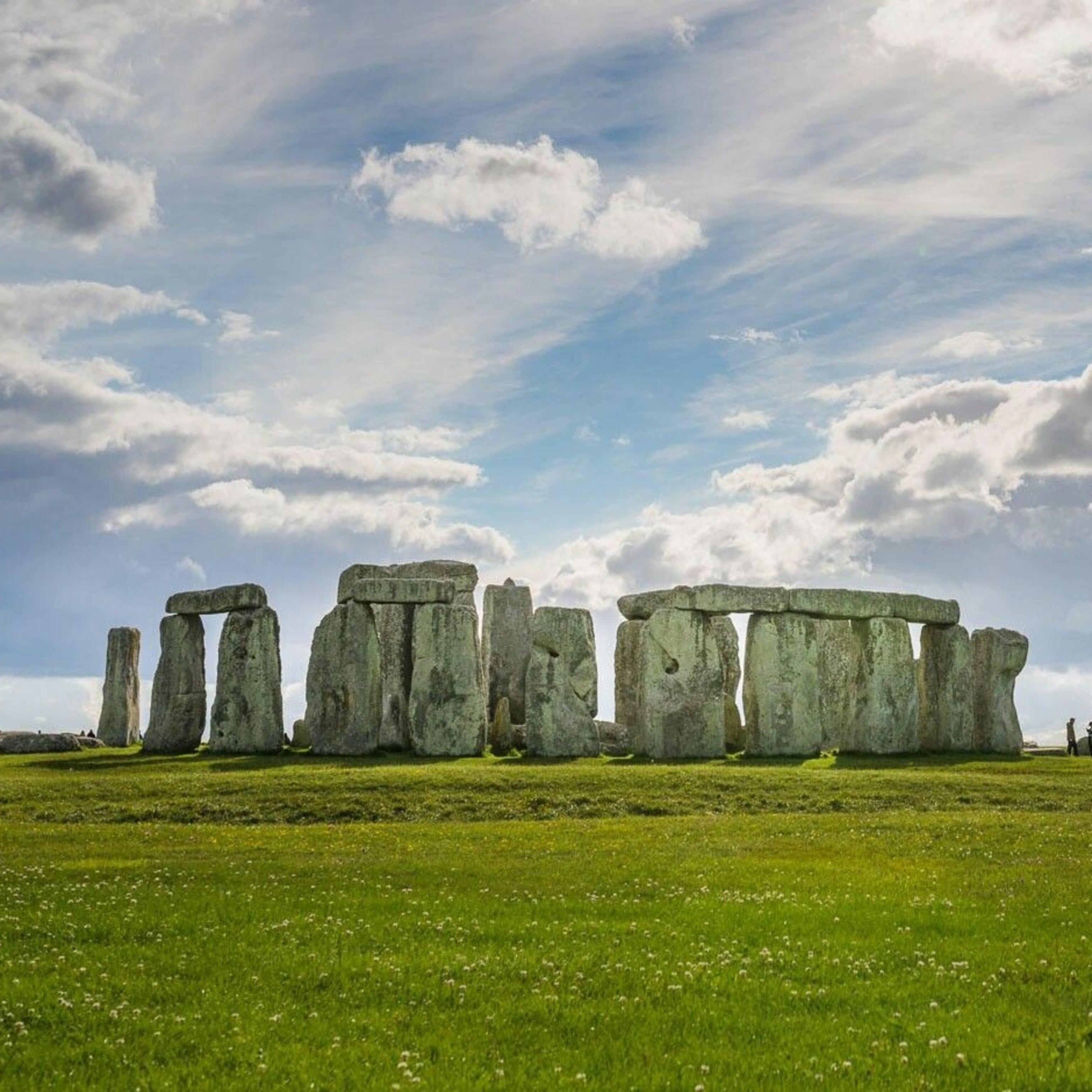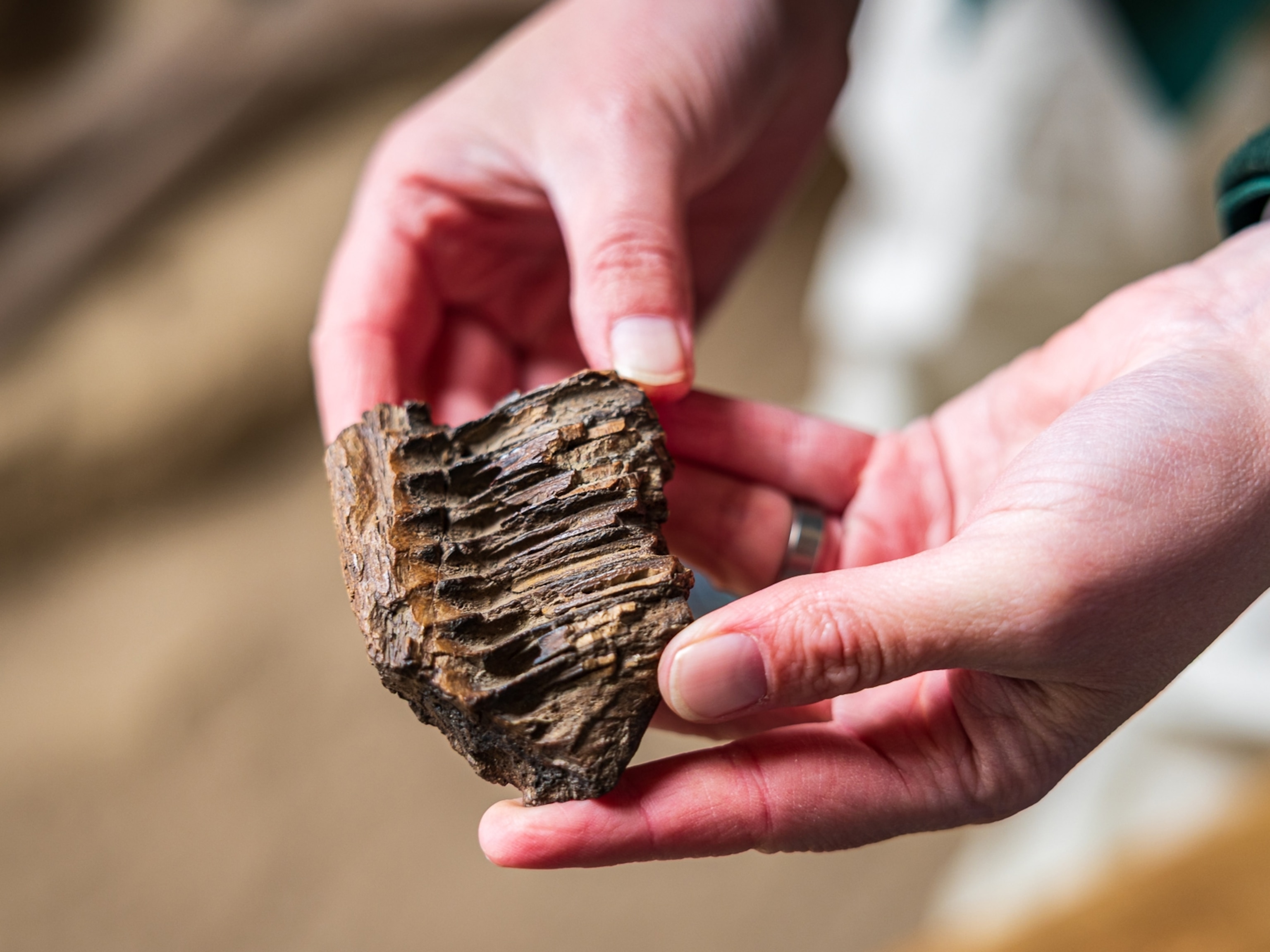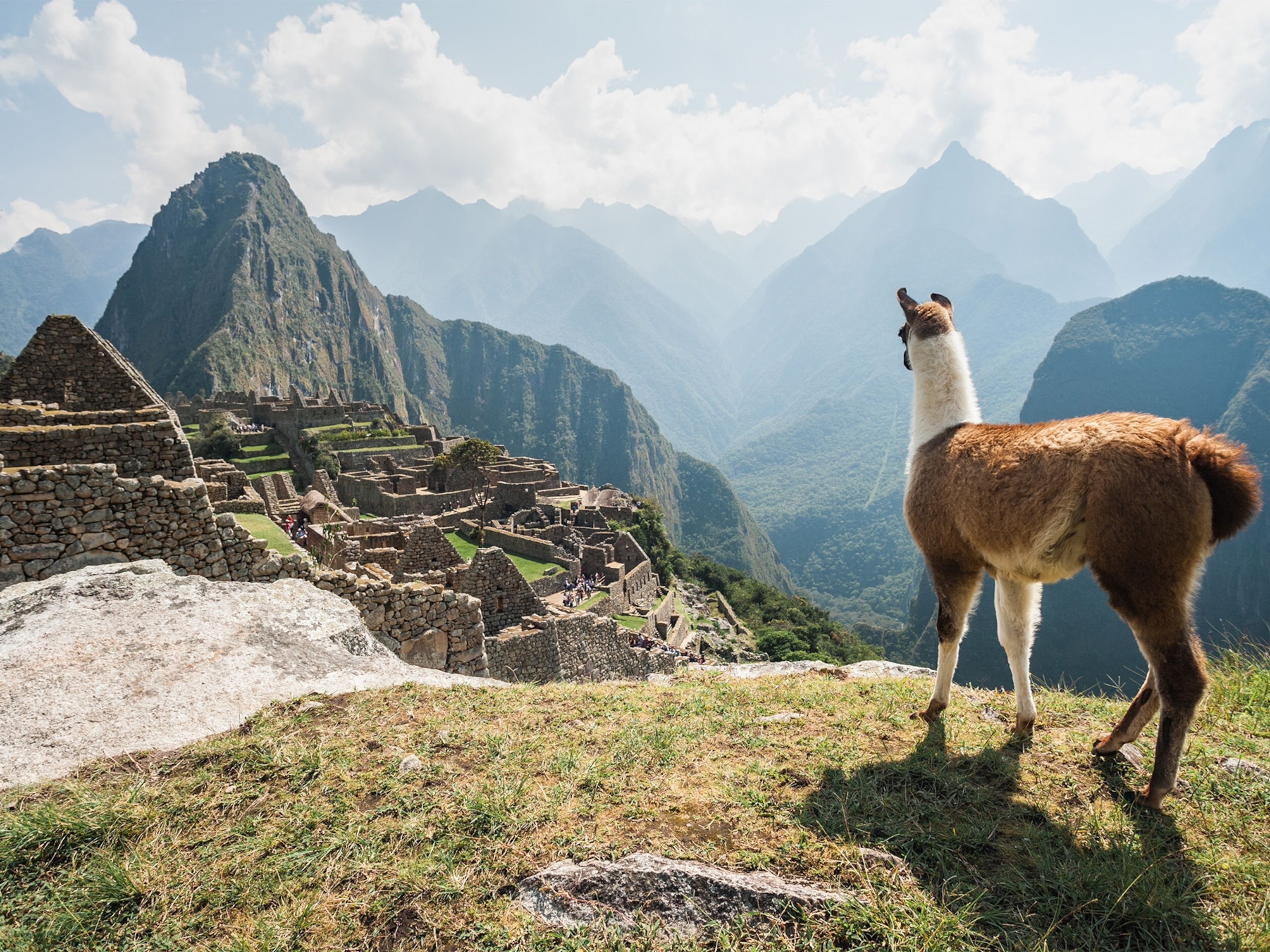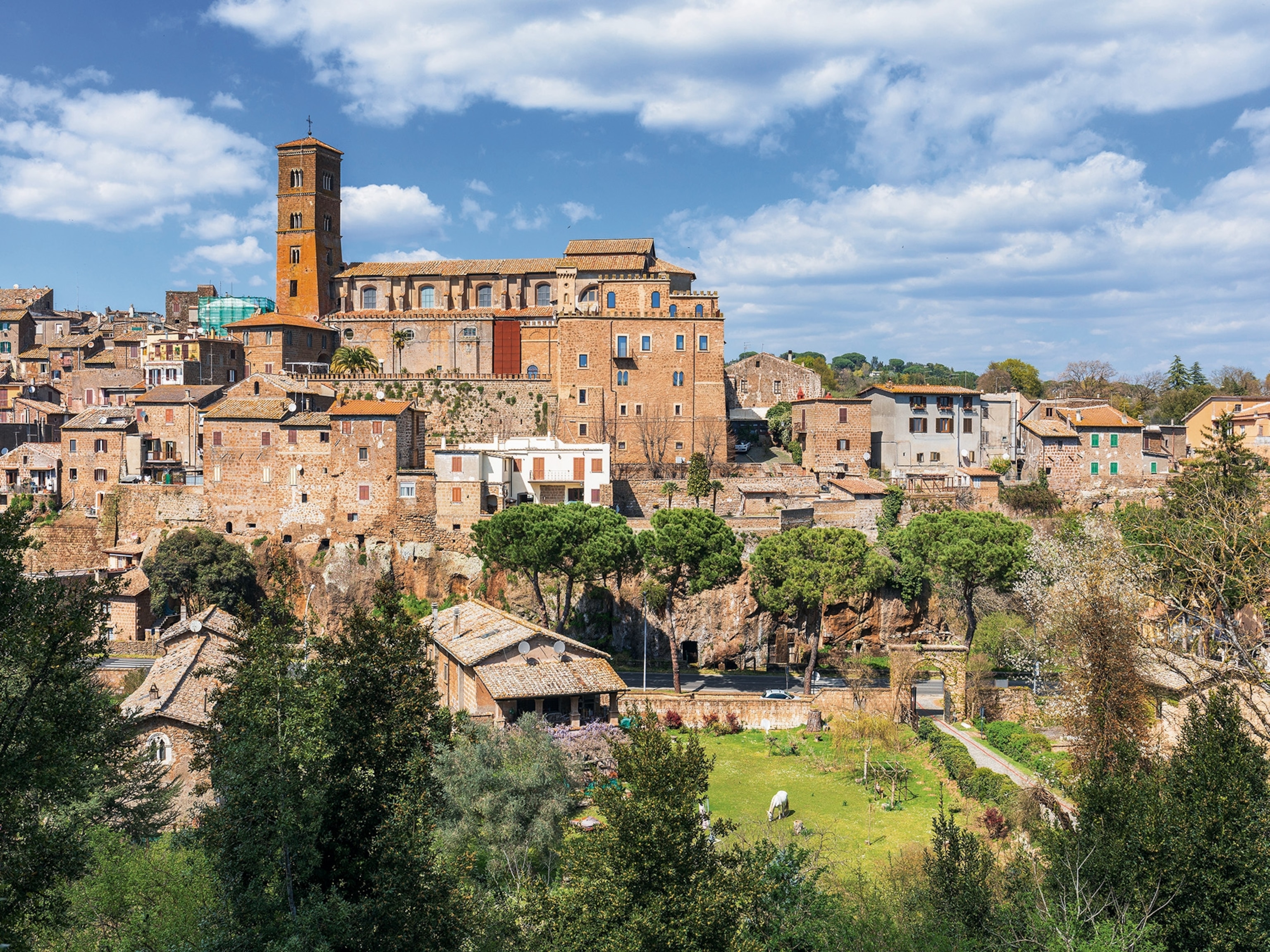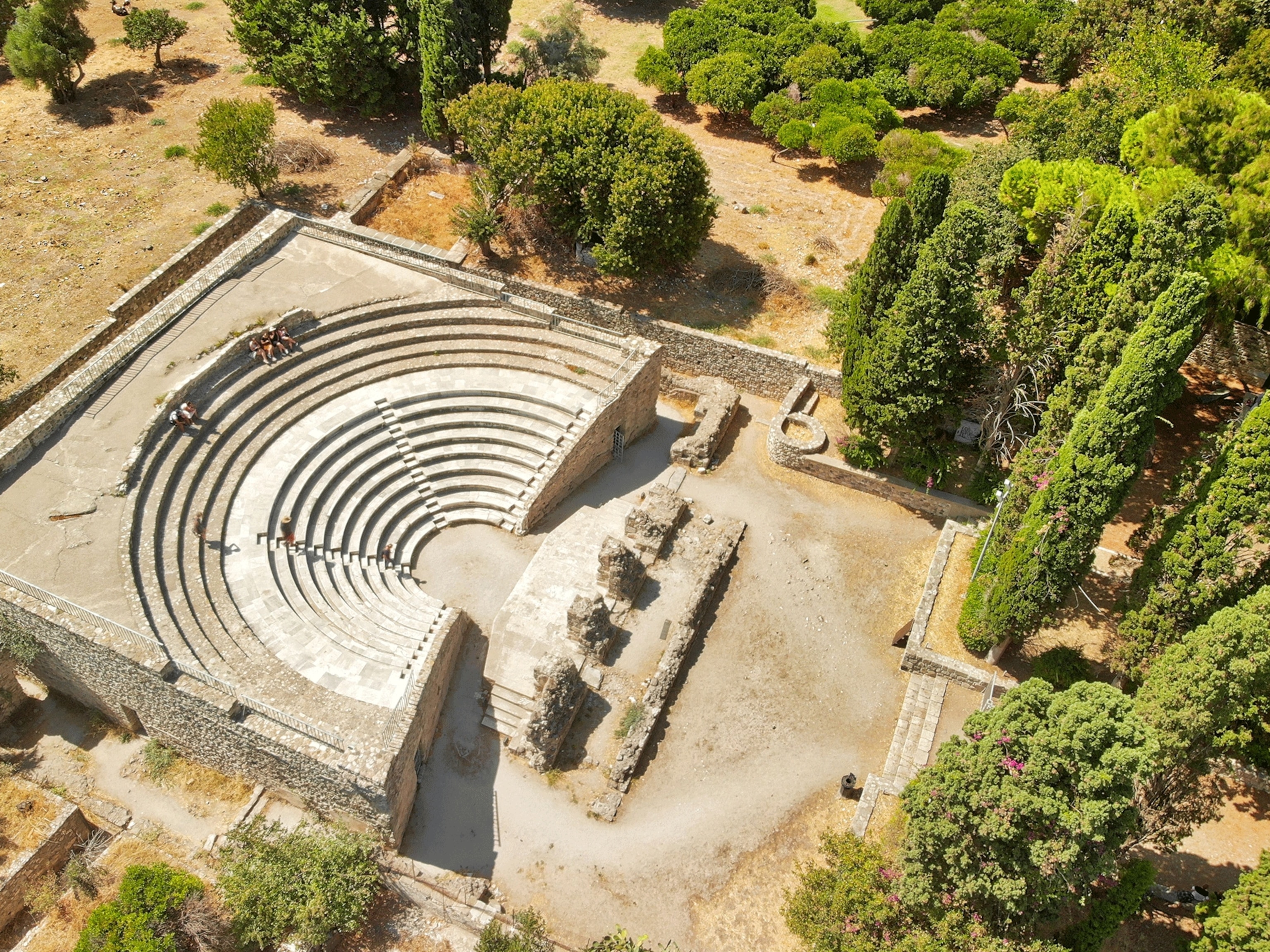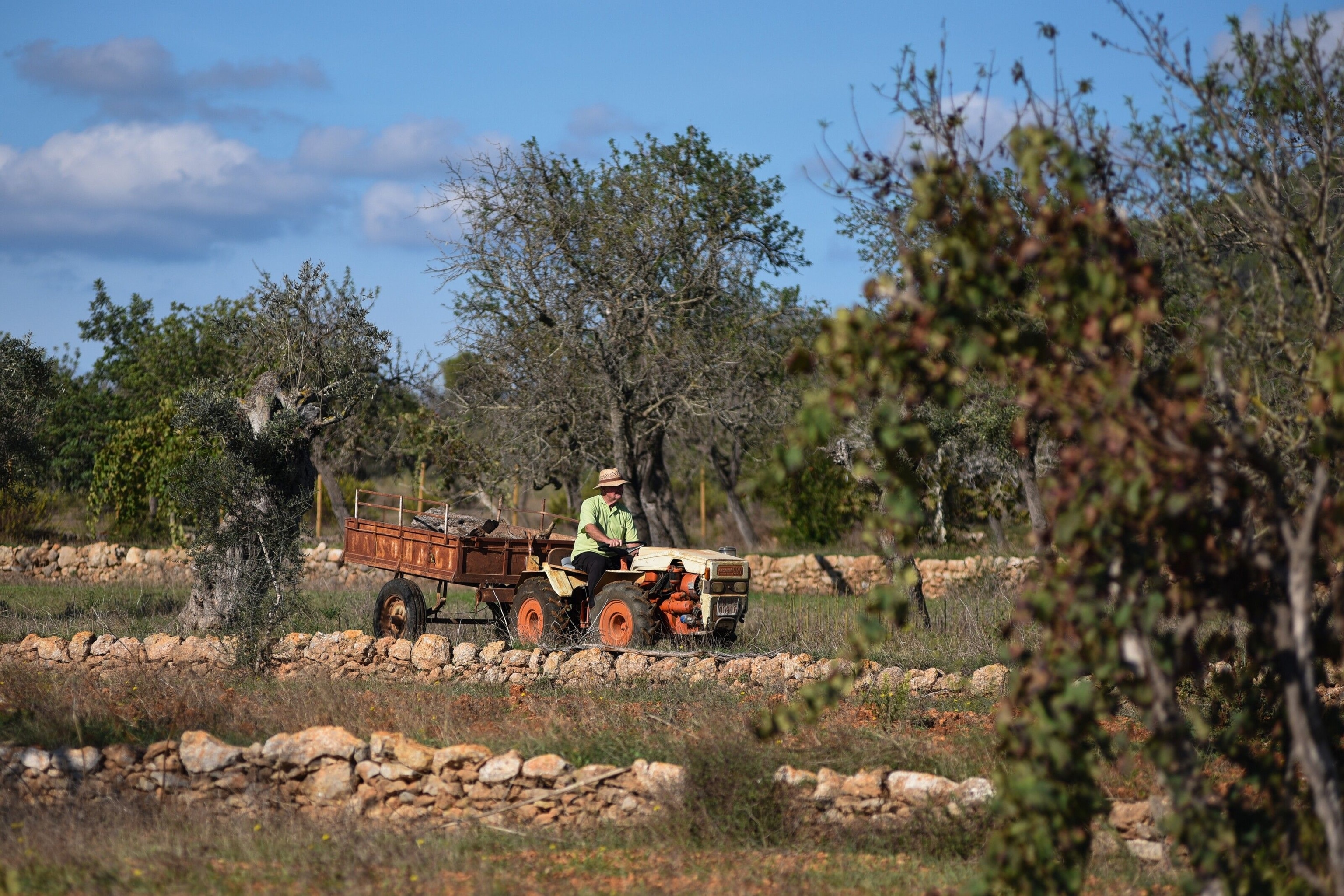
Beyond the music: discovering Ibiza's ancient and natural treasures
From the waves beating against isolated coves to the birds serenading forests and farms, tune into the original rhythms of the white isle, where a cast of conservationists, chefs and adventurers are championing Ibiza’s traditional charms.
Almost 3,000 years ago, Ibiza was believed to be blessed by the ancient god of good things. His name was Bes: enemy of evil spirits, defender of women and children, and enthusiastic strangler of venomous serpents. And this island was orginally named after him — Ibosim — by his Phoenician worshippers, who found the place, thankfully, free of snakes. “Bes loved wine, food, music, dancing and sex!” my guide, Martina Greef, shouts to me across the choppy water as we kayak out of Port Brut, the pale sands of Cala d’Hort beach behind us. “And he had a body like yours!”
Frankly, this is not flattering. Excavated amulets and statuettes show that presiding deity as short and stout as a French bulldog. But it’s also fair to say that I’m using my belly as ballast, having just consumed a skilletful of seafood fideuà (paella made with pasta) and a bottle of Piti — a young white wine made from native Malvasia grapes — on the balcony of Restaurante El Carmen, overlooking the bay. As we encounter the wake of big ferries on their way to Formentera, I’m robustly aware that we’re paddling away from all the familiar pleasures of Bes’s domain. “Woohoo!” cries Martina, cresting one of the waves that makes our progress both vertical and lateral. She tells me to not to panic if I capsize.

I keep the bow of the kayak pointed roughly toward the islet of Es Vedrà, a limestone monolith some 1,300 feet high and over a mile out to sea. It’s more magnetic, yet more forbidding, the closer we get to it. Twisting as it rises from the sea, it unfolds in new dimensions as we angle around it, negotiating narrow portals of pitted rock.
The only human known to have lived on this outcrop was the exiled Carmelite priest Francisco Palau, a mid-19th century exorcist-turned-socialist-turned-hermit, who became prone to visions in his solitude. Earlier mythological residents supposedly included a cave-dwelling, boat-destroying giant and the deadly sea-nymphs who once sang to Odysseus. Some also claim Es Vedrà to be a risen fragment of Atlantis, or a signal beacon for alien spacecraft. Strange lights have been reported so often over the islet that UFO-spotters’ guidebooks call it “a pyramidal energy accelerator”.
Martina snorts at this and curses the “yogis and pseudo-shamans” who warp local history and geology to what she calls ‘alternative’ purposes. She finds both good and bad in the abiding legacy of the hippies who drifted to Ibiza half a century ago — a cohort that included her own German parents. “They started coming here in the 1970s,” she tells me, as we glide into calmer water on the far side of the islet. She was 10 when they brought her back here for a longer visit. They planned to stay a year, but stuck around to become permanent islanders. “Ibiza wouldn’t let us leave,” she says.

A curious way to put it, I think. It’s nice and quiet now in the lee of the islet’s steepest slope. A sheer wall of breezy greenery hangs overhead, while underwater meadows of this region’s signature seagrass glow below. There’s a soft fizz at the surface before a harmonic burst of little silver fish fly into the air and dive back down again. Floating close enough to chat, Martina goes on to say that her family’s adopted island home was a house in the forest without electricity or plumbing.
Her father was a painter and she is, too. She shows me a screenshot of one picture, a rough-textured, semi-abstract scene of sailboats in a bay. As a child, she got to know Ibiza by its barest essentials: the trees, the sea, the birds. We have some exemplary migrants out here with us this afternoon, and she salutes them as they fly pass. An Eleonora’s falcon circles high up, hunting to feed its young before the flight down to Madagascar for the winter. A Scopoli’s shearwater skims the swell out in the channel, drawing kinetic energy from the waves. Martina’s personal favourite is the tireless storm petrel. Each female, she says, lands only once a year to lay a single egg.
This season’s hatchlings are now almost ready to fly and they will soon navigate south by the stars, but their delicate internal instruments can be thrown off by the bright lights of Ibiza’s coastal towns. Martina once picked up a chick lost at night on S’Estanyol beach and redirected it back to sea. “It warmed its wings on my hands for a moment, and it felt lighter than air. Then it flew away, and looked back at me like this,” she says, making a face to imitate a slightly haughty avian gratitude. “I was crying,” she adds, laughing now at the memory.

Birdsong & bass
The critically endangered Balearic shearwater nests in these cliffs, too. In the native Catalan it’s called a ‘virot’, and a related verb — ‘virotar’ — describes the act of raiding, stealing and eating the eggs of that particular bird. The practice has now been outlawed and no one can even land on Es Vedrà, except for scientific study, since the surrounding marine reserve was established in 2002. But tranquil as it is out here, there’s tension at the margins — there are many other threats to the non-human natives of the 40 or so islands and islets that ring Ibiza.
Consider the endemic, totemic wall lizards that live on each one, having freely evolved into multiple discrete subspecies, across a shimmering palette of skin colours. Naturalists have come to marvel at these reptiles since the days of Darwin, and conservationist Jordi Serapio has made it his mission to photograph them in all their hues and habitats.
“On Es Vedrà they’re blueish, with yellow or green on the spine,” says Jordi, as he looks out across the Balearic Sea from a clifftop, back on the main island. “Off the west coast, on the Ses Bledes islets, they’re almost black,” he adds. Where we’re standing now, near the northern tip, the lizards tend to be a brownish green and so not particularly well camouflaged against the pink flowers they serve to pollinate. That wasn’t a problem for the thousands of years that this island remained essentially snakeless. Then the snakes suddenly arrived, during the last big coastal building boom on Ibiza, circa 2003. They were carried here, apparently asleep and unaware, inside the trunks of fancy olive trees transplanted from the Spanish mainland to decorate the gardens of new luxury estates and resorts. Now they’re very much awake and slithering amok on Bes’s ancient protectorate. “I don’t think Bes is protecting us anymore,” says Jordi, though he’s hardly inclined to blame a pagan icon for the biosecurity failures of the present. Carefully managed ecotourism might yet thread the needle between development and preservation. But unlike, say, Majorca, this island is not widely known for its flora and fauna, despite an obvious abundance. Jordi would like to mark out an official nature trail up here, running inland from this viewpoint above Ses Balandres, a secluded cove habitually used by fishermen and smugglers.

He leads me that way on a hike through the relatively unexplored mountain region of Els Amunts, explaining that most of Ibiza’s tourist infrastructure still points in the opposite direction, toward the beaches. Other interests have spoken so loudly for so long, that trying to sell visitors on local wildlife, as opposed to nightlife, is like trying to hear birdsong over the bass-boom from the subwoofers of superclubs. This is how Jordi describes his advocacy efforts at travel fairs in places like the UK, whose birdwatching culture he much admires. He enjoys the English term ‘twitchers’ and would love to attract such people here in greater numbers. I’m not one of those. My appreciation of birds has always been so casual, so idle, that Jordi’s enthusiasm shames me into proper curiosity. He wears a T-shirt emblazoned with a flock of swifts, which he bought from the RSPB, and he identifies all the calls as if they were pop hits from his youth.
“That’s a firecrest,” he says en route through the woods, picking out the tune of Europe’s second-smallest bird on the wind. “That’s a rock thrush,” he says, hearing a flutelike solo. “Those are turtle doves,” he says, as two break off their cooing to get out of our path in a panic. They were hunted until recently, explains Jordi — EU law now forbids it. As well as visitors, he also wishes his fellow islanders were more conscious of Ibiza’s fragile ecosystems. “We don’t have a tradition of appreciating nature as a leisure pursuit. Across Spain generally, our closeness to the land has more to do with agriculture and economics.”
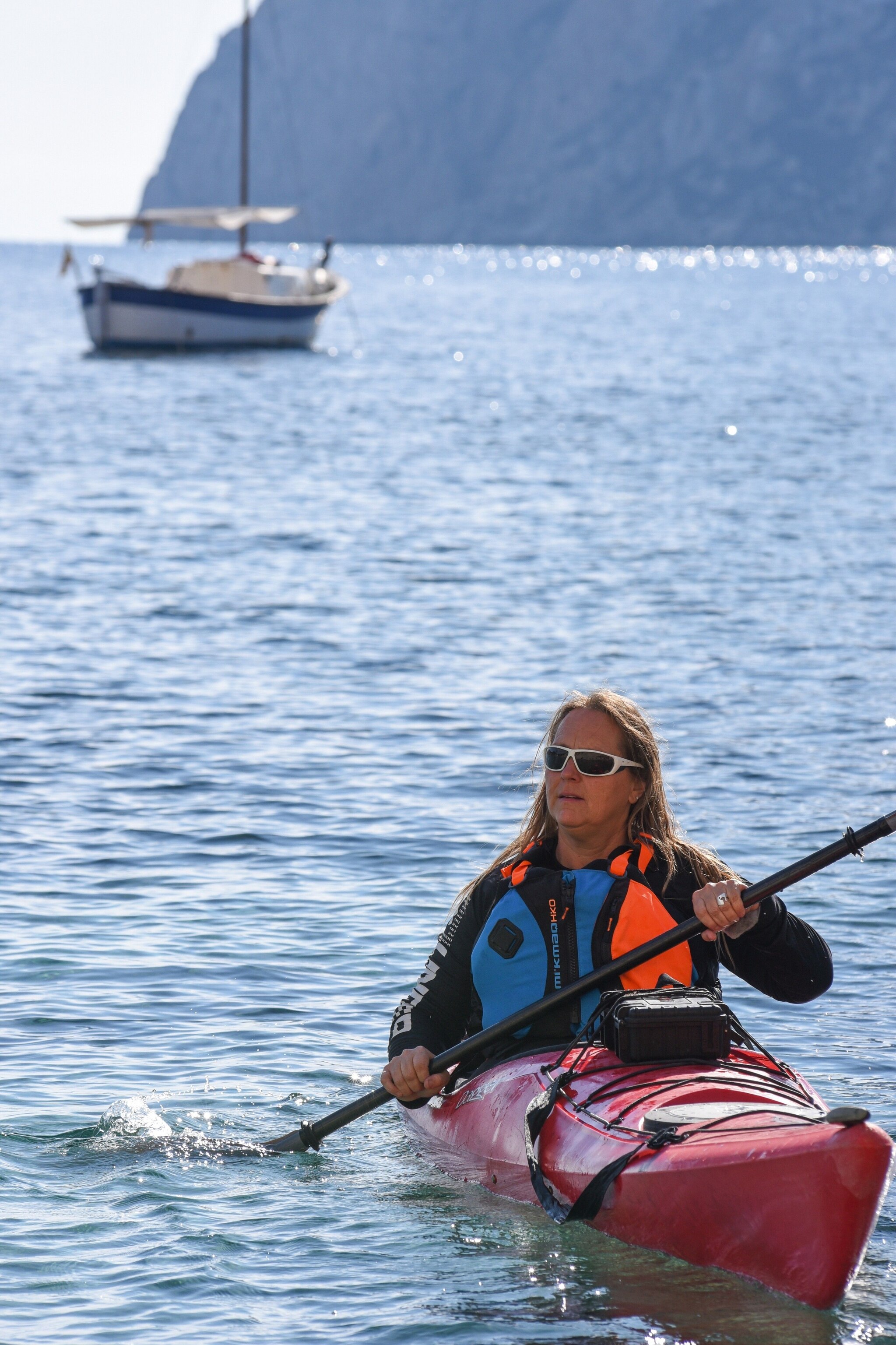
As we reach the rural interior, the island’s vivid green pines give way to patchy groves of almond and carob trees. The former have been suffering lately with the spread of plant disease Xylella fastidiosa, often called ‘the ebola of trees’. The latter, meanwhile, have seen a spike in value since carob pods became a fashionable ingredient in gourmet ice creams and muffins. They’re worth about €1 per kilo now and there’s a growing temptation among some locals to steal them by the sackful. This is technically criminal, sure, but also sounds charmingly pastoral. Otherwise, Ibiza’s inner farmlands have been largely unprofitable since that epochal seaward shift to the beach holiday industry in the 1960s.
Juan Cardona’s farm has been in his family a lot longer than that, he tells me, surveying his hilly property near the centre of the island. Now the job is mostly to self-sustain, though the government is trying to revive these tough, dry areas with subsidies for new avocado trees, machinery and beehives.
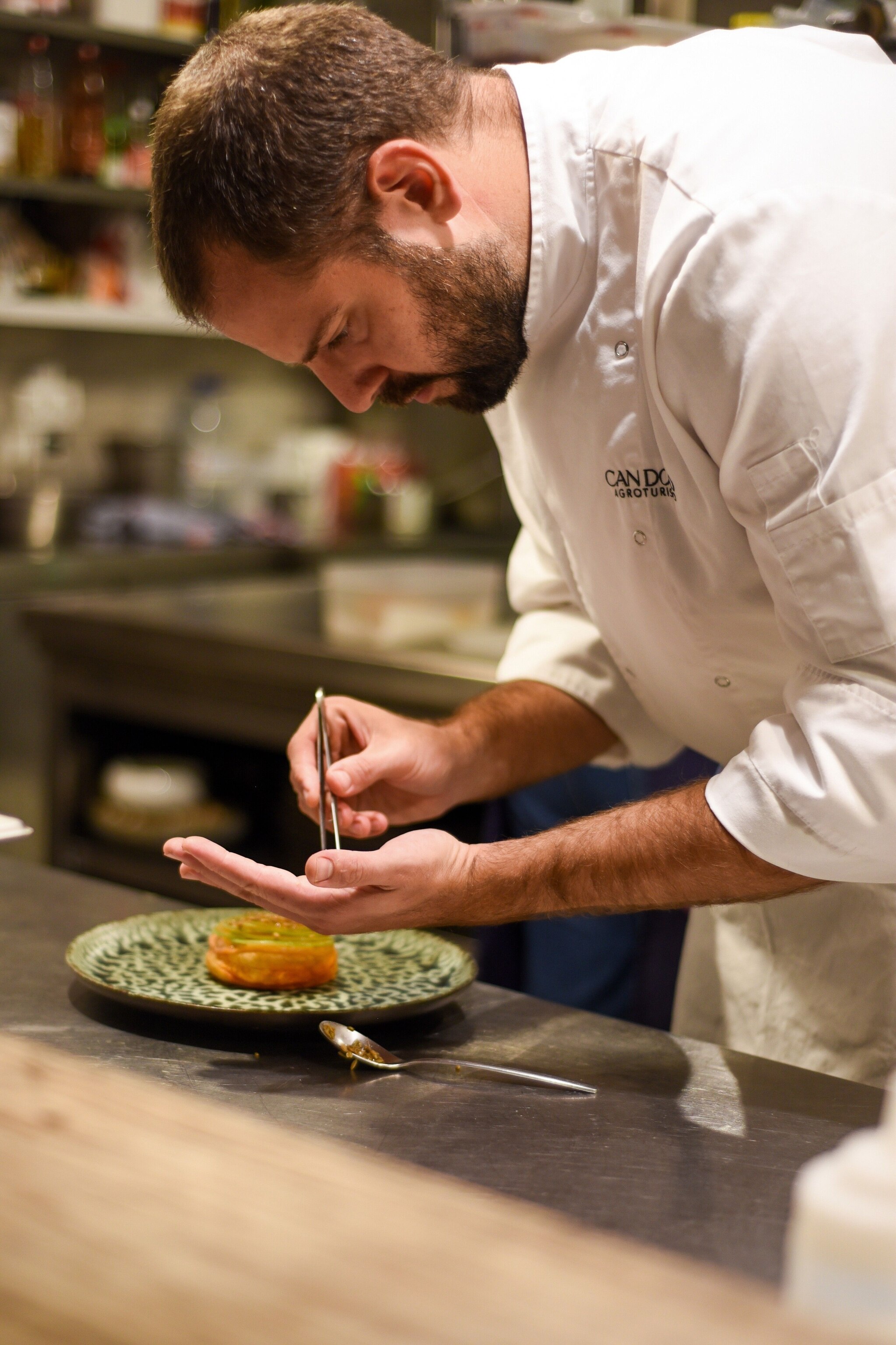
Two other farmers, Antonio Tour-Costa and his son of the same name, talk proudly of their own sufficiency. They rotate crops of potatoes, cereals and watermelons, keep sheep for wool, and rebuff all offers to buy out their ancestral home.
Estate agents have been known to come by with unsolicited offers printed onto pamphlets, informing owners that some wealthy party wants to purchase their land. “I told one of them that no amount of money would make me sell,” says Antonio the elder. “He couldn’t believe it.”
With the coastal perimeter built up and filled in, developers are now turning inward. Rustic is trendy these days. The traditional architecture of Ibizan farmhouses — lime-washed white walls, roofs thatched with that distinctive seagrass — has been adopted as a chic look for new resorts and restaurants.
Throughout my visit I find myself eating and sleeping in structures seemingly designed with one eye on Instagram and the other on this older island culture. My hotel, Can Jaume by Ocean Drive, occupies a restored 19th-century dairy farm, spread out villa-style across an expanse of orange groves. Dinner is served along a quiet country road at the affiliated garden restaurant, Can Arabi, and it’s so dark at night out here that I look forward to the short starlit walk as much as the meal itself.
But it's a stormy night when I take a rainy detour up a deep, dark forested hillside to the upscale agritourist venture Can Domo. Candles, tree lights and lightning flashes illuminate a kind of designer ranch, where chef Pau Barba draws much of his slow-cooked haute cuisine from what he grows outside — a ‘pizza’ of popping-fresh aubergine, tomato and herbs over a crispy, crepe-like base, for example. Can Domo makes its own house olive oil, too, which is something of a boutique business on an island with only a handful of producers.

All at sea
The next day I stop at Oleoteca Ses Escoles, one such olive oil factory — and a farm-to-table restaurant at a converted century-old schoolhouse. Xesca Gausch walks and talks me through the ‘100% ecological’ process by which her family now extracts around 3,500 litres of extra virgin oil per harvest from surrounding picual and arbequina trees. After 12 years in operation, the Can Miquel Gausch brand (named after Xesca’s father) now sells to the likes of Relais & Châteaux. An EU-certified sticker marked ‘Aceite de Ibiza’ goes on the bottle, as a licence was recently granted to market olive oil as an official product of the island.
The place name itself adds value, says Xesca. “The word ‘Ibiza’ has meaning to people, even if they’ve never been here. It creates images in their minds.” Those images may well be bikinis, speedboats and DJ booths, she concedes, but she also believes that conception can be expanded by way of gastronomy and sustainability. “I think visitors are learning that Ibiza is not just beaches and discos. And we islanders also have a better sense now that we don’t just need to promote the place to tourists, we need to actually take care of the land.”
And the sea, obviously. It’s fairly quiet now down at the harbour in Port de Sant Miquel, late in a summer season that was already somewhat denuded by Covid-related uncertainties. But lunchtime is always busy at another property owned by Xesca’s father, the seafood restaurant Port Balansat. It’s been a fixture here since 1971, around the time that major travel operators bought the necessary parcels to build huge hotels that rise like ziggurats up the opposing cliffside. After trying the house special, guisado de pescado — another belly-filling skillet of rice and fish cooked in creamy broth and fatty juices — I’m loaded onto a little motor-launch for transfer to Bucanero, a wooden charter.

There’s another swell out on the open water this afternoon, whipped up by a stiff offshore breeze and amplified by that ever-present churn from nonstop marine traffic. The Bucanero’s young captain, a wild-haired student named Pepe Bonet, tells me about the capricious winds and currents that bear upon this coastline, and the sheer navigational incompetence he’s witnessed among many mega-rich owners and renters of superyachts. At least they get in trouble now, he says, for ripping up the seagrass with their rudders and anchors.
He steers us out past improbable rock formations, like the so-called Swallow Bridge and the intricate, cracked precipice where a mating pair of ospreys recently returned to build a nest, decades after their species was thought to have abandoned the island forever. There’s a hopeful sign if you’re looking for one — and who isn’t these days?
We pass under the vault-like natural sea arch at Ses Margalides and around the outer walls of the Cave of Light, which was recently ‘conquered’ by a team of international cliff divers for a Red Bull Challenge.
They would have dropped off the edge of the island and down through a dark, narrow shaft of limestone into a glowing pool of reflected sunlight. I can’t say I know how they felt, as Pepe cuts the engine to let me jump just a few feet off the deck of the Bucanero into the waters of Na Xamena Bay. But that particular imperial blue, where sunbeams strike the seagrass, has surely called to people in the same way since the Phoenicians sailed over this surface. It looks like there’s another sky down there. A place you might die happy, or never die at all.
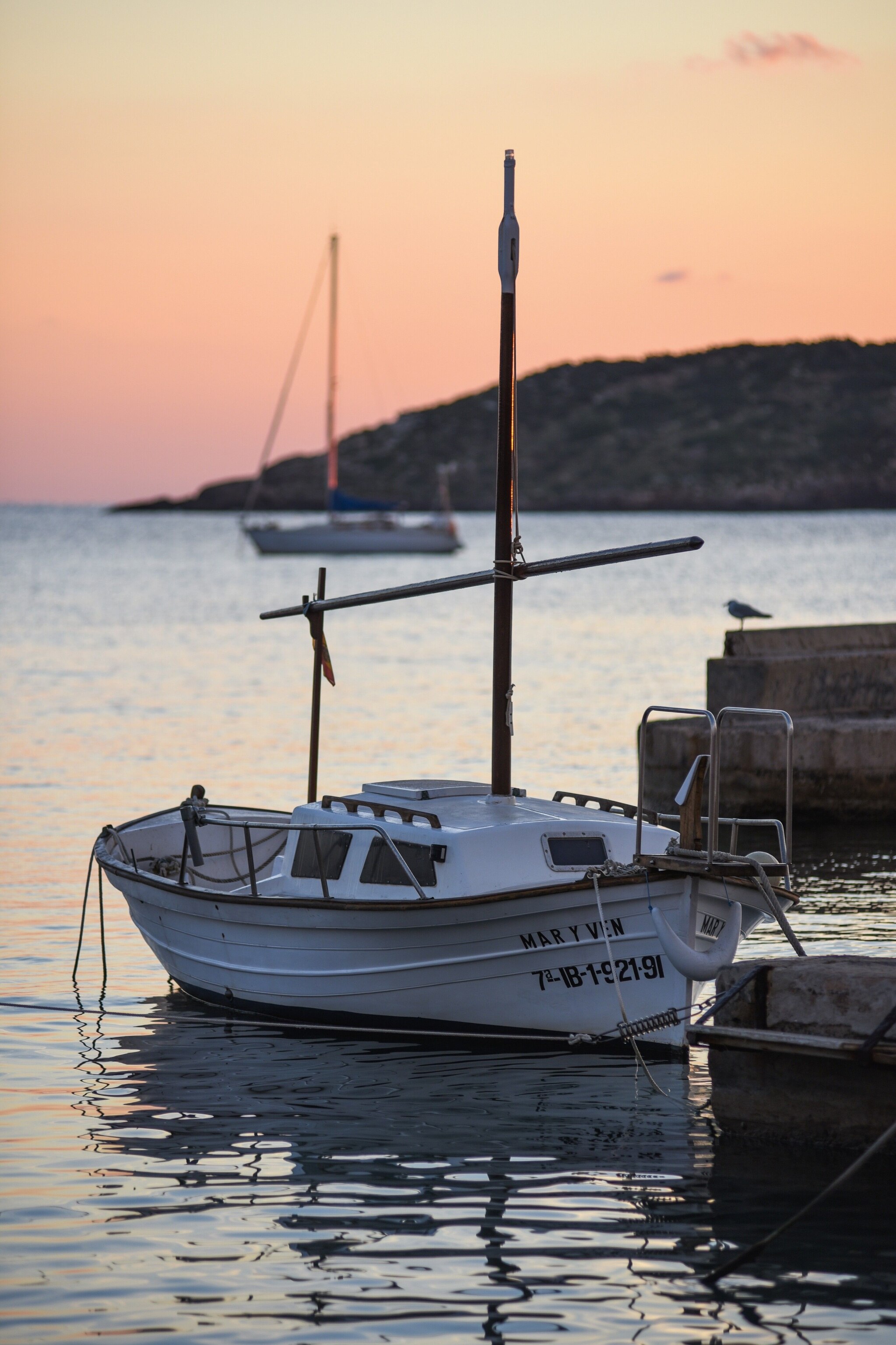
Essentials
Getting there & around: British Airways flies direct year-round to Ibiza from Heathrow and London City, with up to eight flights a day during summer. Ryanair operates seasonal departures from many UK airports, including Bristol and Manchester. Further routes are available via Tui, Jet2 and Eurowings.
Average flight time: 2h20m.
Public transport is limited to the bus network, with transit hubs in Ibiza Town, San Antonio and Santa Eulalia. As well as renting cars and scooters, it’s possible to see much of Ibiza by bike now, too, and many rental outlets also offer guided rides.
When to go
Temperatures of 25-30C make for glorious summer beach weather. Low season (roughly late October to early May) is cooler. Hiking and birdwatching are best during the migrations of spring and autumn.
Places mentioned
El Carmen restaurant
Es Vedrà by kayak
Els Amunts nature reserve
Can Arabi restaurant
Can Domo restaurant
Oleoteca Ses Escoles
Port Balsanat restaurant
Where to stay
Can Jaume by Ocean Drive, Puig d’en Valls village. From £170. Can Domo, Santa Eulària des Riu. From £140.
More info
Ibiza Tourism
How to do it
G Adventures offers six-day hiking tours from £685 per person (excluding flights).
Ibizan Experience provides tailored excursions, from kayaking to hikes.
Published in the April 2022 issue of National Geographic Traveller (UK)
Follow us on social media
Facebook | Twitter | Instagram

